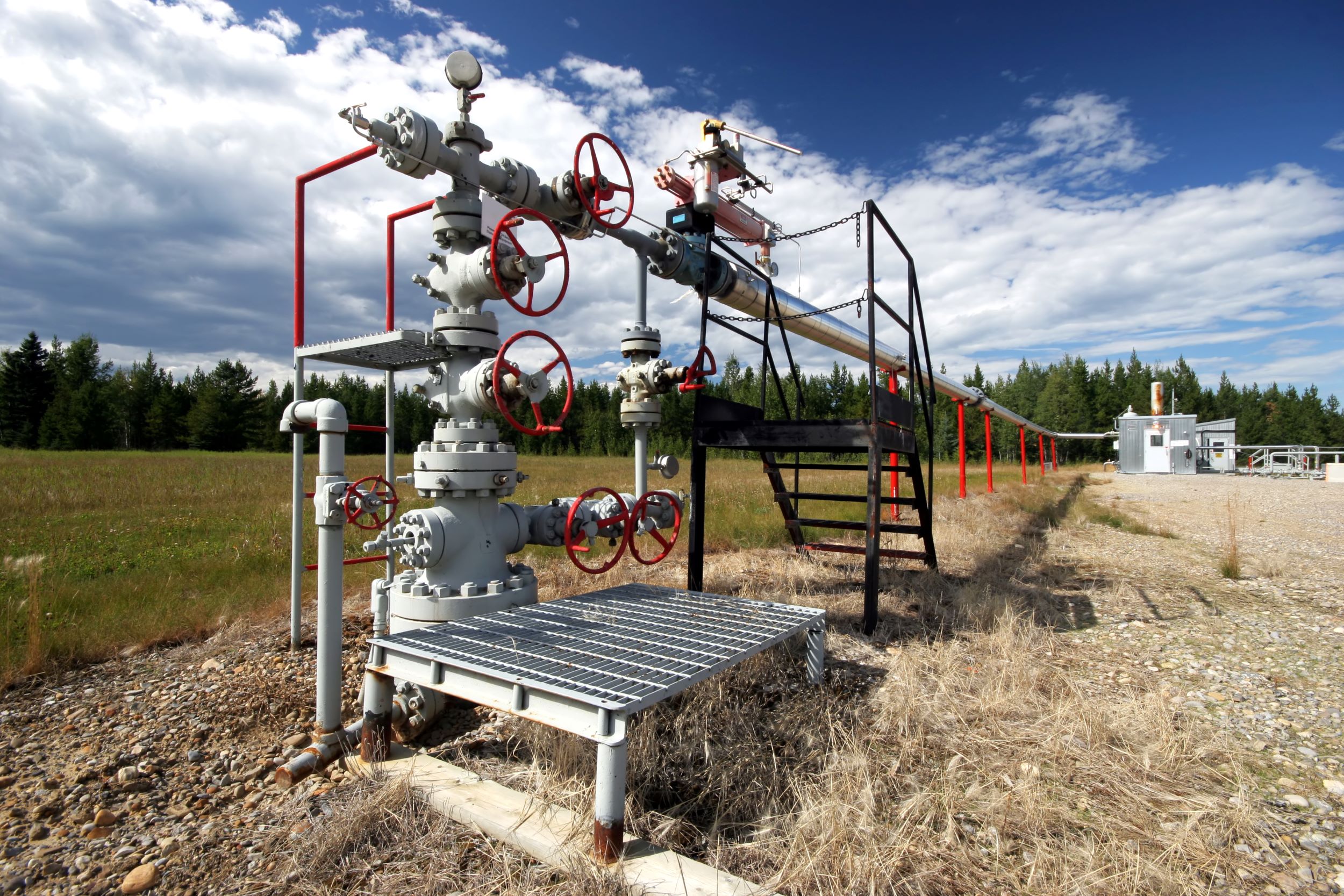Through innovation and technology, Canada’s energy industry can help meet the challenge of reducing greenhouse gas emissions.
Climate change is a global issue, requiring action from individuals, governments, organizations, and industries around the world.
This will require innovation, major investments, and good public policy. With these pieces in place, Canada can continue to build on its world-class reputation for innovation and leadership in reducing greenhouse gas (GHG) emissions.
Flaring and venting reduction
Flaring and venting involve the release of gases including carbon dioxide and methane into the atmosphere. These releases may be necessary as part of safe operations. Strict provincial and federal standards regulate flaring and venting, resulting in reduced greenhouse gas (GHG) emissions from upstream production.
Greenhouse gas emissions
Reducing GHG emissions is a global challenge, and Canada’s oil and natural gas industry is committed to decreasing GHG emissions generated for each barrel of oil and cubic metre of natural gas produced. The challenge: to reduce GHG emissions while meeting the growing demand for energy in Canada and globally.

Methane emissions
Methane is the main component of natural gas. By volume, global methane emissions are lower than carbon dioxide emissions. However, methane is more potent in its ability to trap heat in the atmosphere, so it’s important to identify methane emissions and take action to prevent or reduce these emissions.
Carbon capture
The process of capturing carbon dioxide (CO2), and storing the captured CO2 in underground rock formations, is called carbon capture and storage (CCS). If the captured CO2 is used in enhanced oil recovery or other processes that permanently remove the CO2 from the atmosphere, the process is called carbon capture, utilization, and storage (CCUS).




